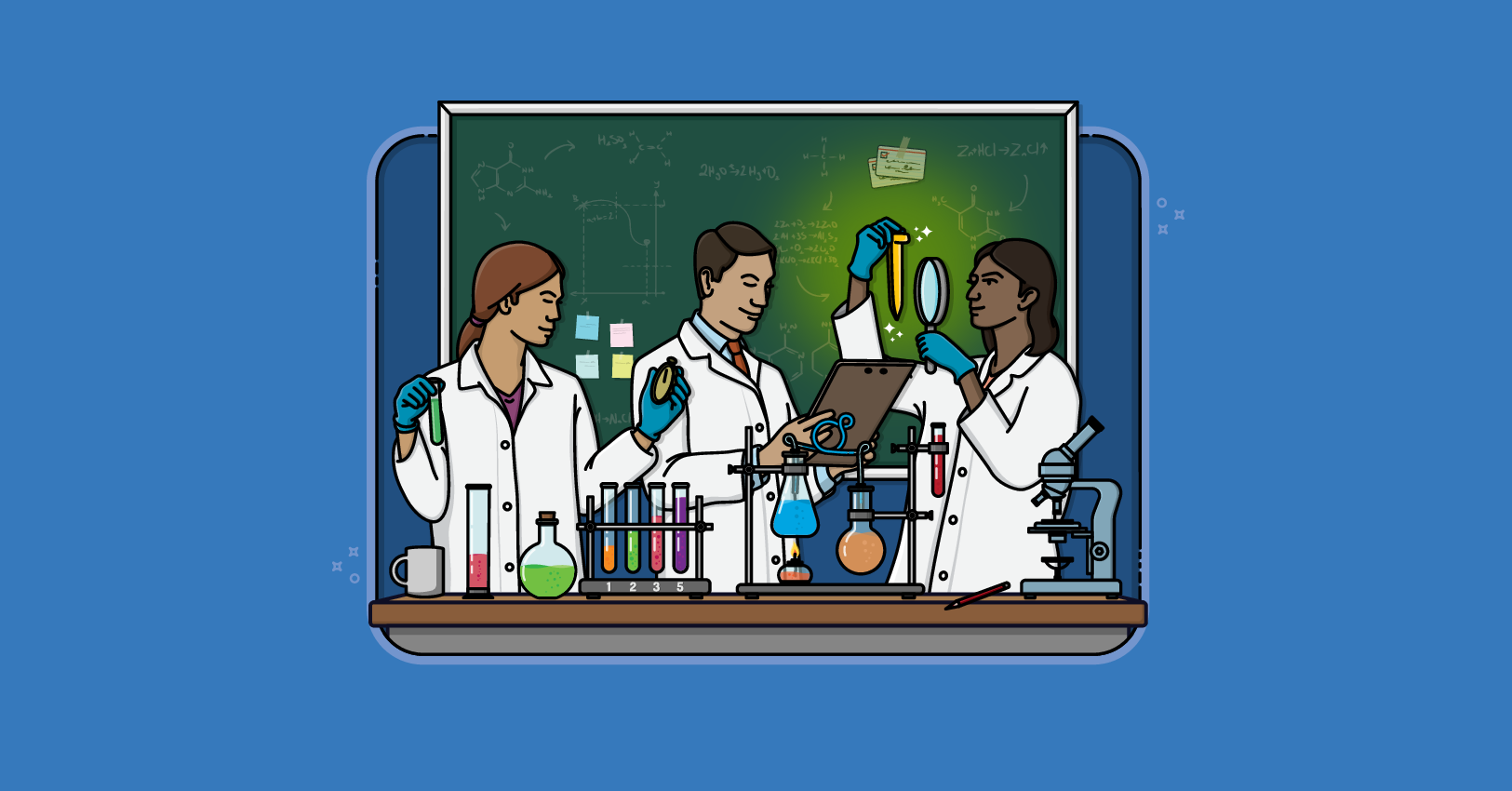This is an excellent book that deserves to be read by every tester on an agile project--and since agile projects largely try to do away with specific roles, everyone tests, making this a great book for almost anyone on an agile team. The book starts by laying groundwork by defining what agile testing is and describing ten principles for doing it. Part 2 touches on the organizational changes that will be felt by the testing or QA group as the company transitions to agile.
Part 3 is probably the centerpiece of the book. It is structured around four testing quadrants initially conceived of by Agile Manifesto co-author Brian Marick. These quadrants allow Crispin and Gregory to cover a broad range of topics including exploratory, UI, API, usability, performance, stress, and reliability testing. The book definitely goes beyond the basics and the authors don't shy away from challenging topics.
Part 4 covers automation, a topic that should be on the minds of any agile team. One of my favorite sections in this part is the discussion of barriers to automation. The advice here should help many teams overcome some of the resistance created by these barriers. Part 5 is an interesting section that brings the ideas of the book together by walking chronologically through the typical events of an iteration and focusing on the activities of testers at those times. Part 6 concludes with a short list of critical success factors.
I like that this book is both universal and personal. It is chock-full of universal, practical advice but the author's make liberal use of sidebars in which they tell their own personal stories. This combination of telling us how something should be done and then adding detail in the form of how they did it works very well. By the end of the book you have learned a great deal about testing and these two world-class testers.
Very highly recommended.







